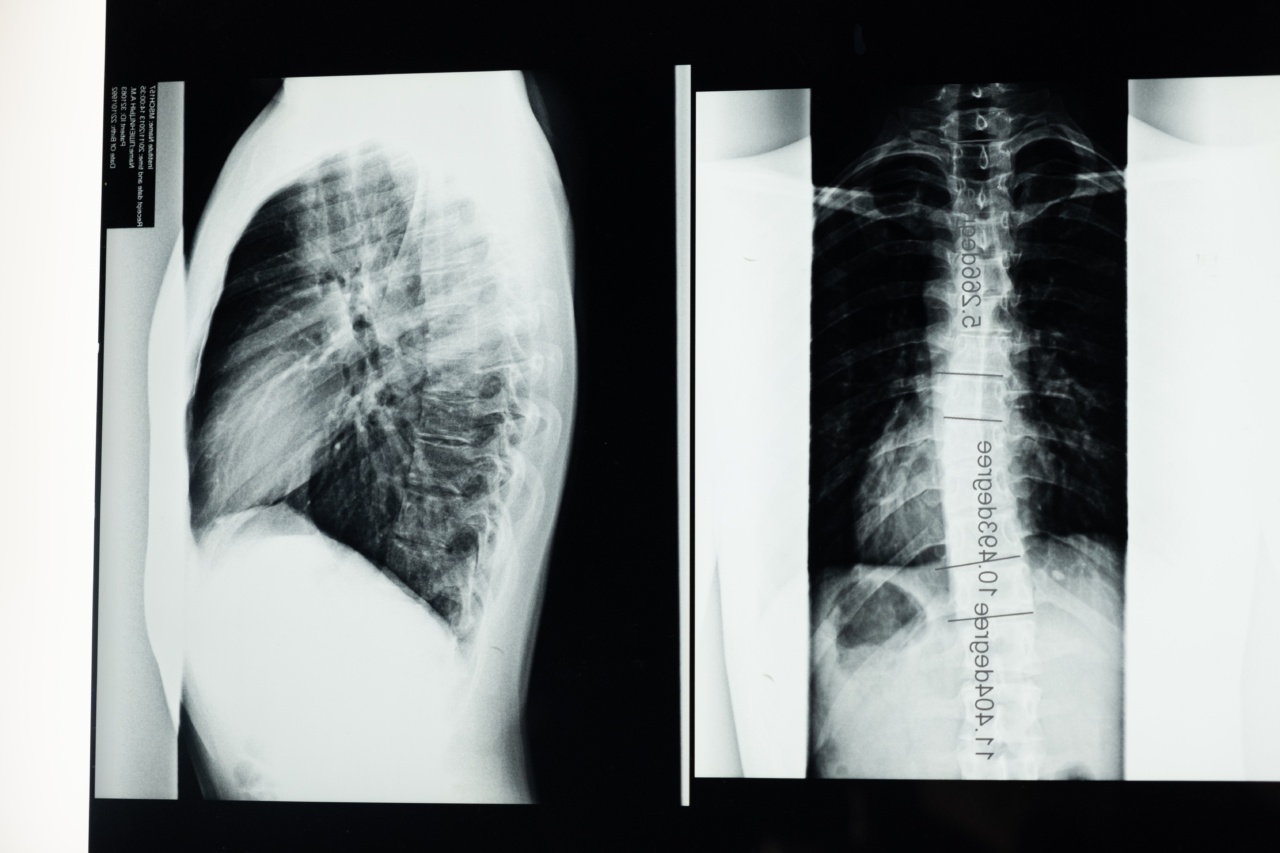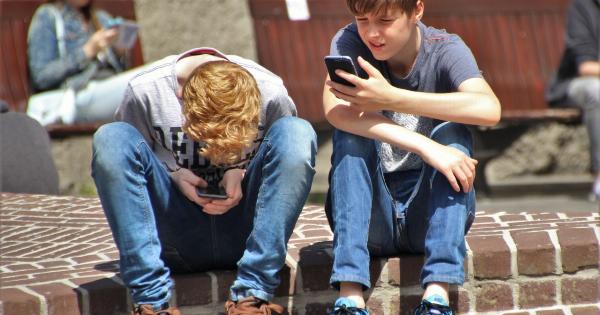Scoliosis is a medical condition characterized by an abnormal sideways curvature of the spine. It can affect people of all ages, but it most commonly develops during the growth spurt just before puberty.
The exact cause of scoliosis is often unknown and is referred to as idiopathic scoliosis. However, it can also be caused by factors such as congenital disabilities, neuromuscular conditions, or injuries.
Traditional Treatment Approaches
For a long time, the primary treatment method for scoliosis involved surgical procedures, such as spinal fusion or instrumentation. Although these methods have proven effective in straightening the spine, they come with several risks and complications.
Spinal fusion, for example, involves permanently connecting the vertebrae using bone grafts, which limits spinal mobility.
Fortunately, medical advancements have led to the development of various non-surgical treatments that aim to manage scoliosis effectively, reduce pain, and improve quality of life for patients.
1. Bracing
One of the most commonly used non-surgical treatments for scoliosis is bracing. Bracing involves wearing a specially designed brace that puts pressure on the spine to slow down or stop the progression of the curve.
The brace is usually worn for several hours each day and, in some cases, overnight.
Bracing is most effective for adolescents who are still growing and have moderate scoliosis curves. It helps prevent the curve from worsening and can potentially reduce the need for surgery later on.
The type of brace prescribed depends on the severity and location of the spinal curve.
2. Physical Therapy
Physical therapy plays a significant role in managing scoliosis and alleviating associated pain. Scoliosis-specific exercises and stretches are designed to strengthen the muscles that support the spine, improve flexibility, and promote better posture.
Physical therapy can be tailored to individual needs and may involve targeted exercises that focus on core strength, spinal flexibility, and postural retraining.
A skilled physical therapist can guide patients through specific exercises and provide ongoing support and monitoring.
3. Chiropractic Care
Chiropractic care is another non-surgical treatment option that aims to address the underlying causes of scoliosis-related discomfort.
Chiropractors employ various techniques such as spinal adjustments, therapeutic exercises, and massage to alleviate pain and improve spinal alignment.
While chiropractic care may not correct the curvature of the spine, it can help reduce pain and discomfort associated with scoliosis.
Regular chiropractic adjustments can improve mobility and flexibility, allowing patients to engage in daily activities more comfortably.
4. Electrical Stimulation
Electrical stimulation is a non-surgical treatment method that involves the application of electrical currents directly to the muscles surrounding the spine.
The electrical currents stimulate muscle contractions, which help restore muscle symmetry and balance.
Electrical stimulation can help improve muscle strength and enhance postural control, which are essential for individuals with scoliosis.
It is often used in combination with other non-surgical treatments, such as physical therapy, to enhance their effectiveness.
5. Yoga and Pilates
Yoga and Pilates are non-surgical treatment options that focus on improving posture, balance, and core strength.
These practices involve gentle stretching, breathing exercises, and targeted movements that can help alleviate discomfort caused by scoliosis.
Yoga and Pilates exercises can help improve flexibility and increase the range of motion in the spine. They promote body awareness and encourage individuals with scoliosis to maintain proper alignment during daily activities.
6. Pain Management Techniques
Pain management techniques, such as acupuncture, massage therapy, and transcutaneous electrical nerve stimulation (TENS), can provide relief for individuals with scoliosis-related pain.
These non-invasive treatments target pain receptors, reduce muscle tension, and promote relaxation.
Acupuncture involves the insertion of thin needles at specific points on the body to stimulate circulation and release natural pain-relieving chemicals.
Massage therapy can help relax tight muscles and alleviate discomfort, while TENS uses low-voltage electrical currents to disrupt pain signals.
7. Schroth Method
The Schroth method is a three-dimensional exercise approach specifically designed for scoliosis management.
It focuses on elongating the trunk, correcting imbalances, and improving spinal alignment through specific breathing and muscle activation techniques.
The Schroth method is often performed under the guidance of trained therapists who tailor the exercises to individual patients based on their curve patterns.
Regular practice of the Schroth method can help manage pain, enhance postural control, and reduce curve progression.
8. Inversion Therapy
Inversion therapy involves hanging upside down or at an inverted angle to decompress the spine and relieve pressure on the vertebral discs. It aims to improve spinal alignment, reduce pain, and increase spinal mobility.
While inversion therapy may not correct the scoliosis curvature, it can provide temporary relief and improve overall spinal health.
Inversion tables or gravity boots are commonly used for this type of therapy, and it should be performed under the guidance of a healthcare professional.
9. Nutritional Supplements
Some studies suggest that certain nutritional supplements may have a positive impact on scoliosis management. Calcium, vitamin D, and magnesium are essential for bone health and could potentially help slow down the progression of scoliosis.
However, it is important to consult with a healthcare professional before starting any supplement regimen, as the appropriate dosage and suitability may vary depending on individual needs.
10. Mind-Body Techniques
Mind-body techniques, such as meditation, biofeedback, and relaxation exercises, can help individuals with scoliosis manage stress and improve overall well-being.
These practices promote mental and emotional resilience, which can positively impact physical health.
By reducing stress and anxiety, individuals with scoliosis may experience decreased muscle tension and improved pain management. Mind-body techniques can be practiced independently or with the guidance of a trained therapist or instructor.






























